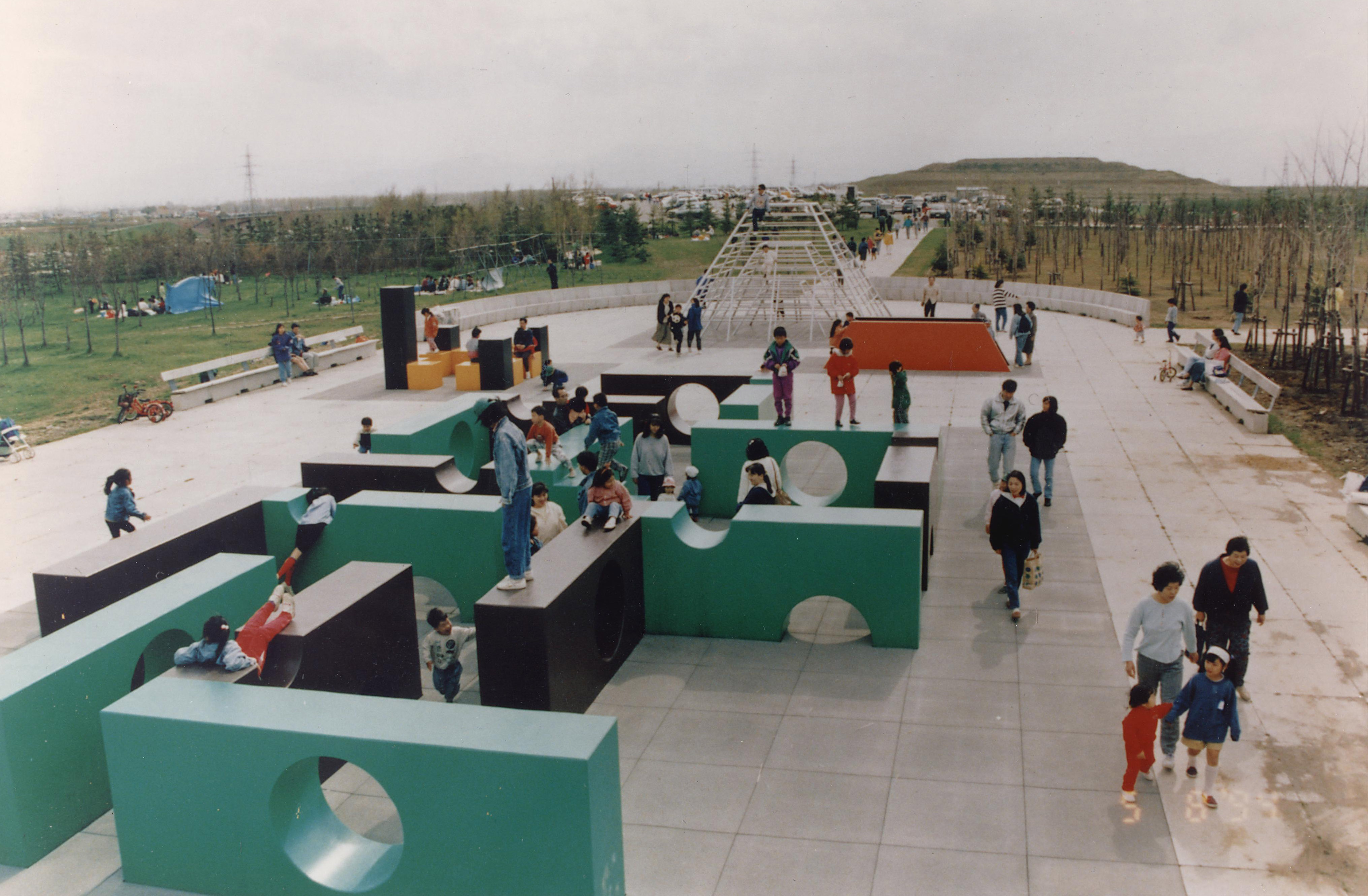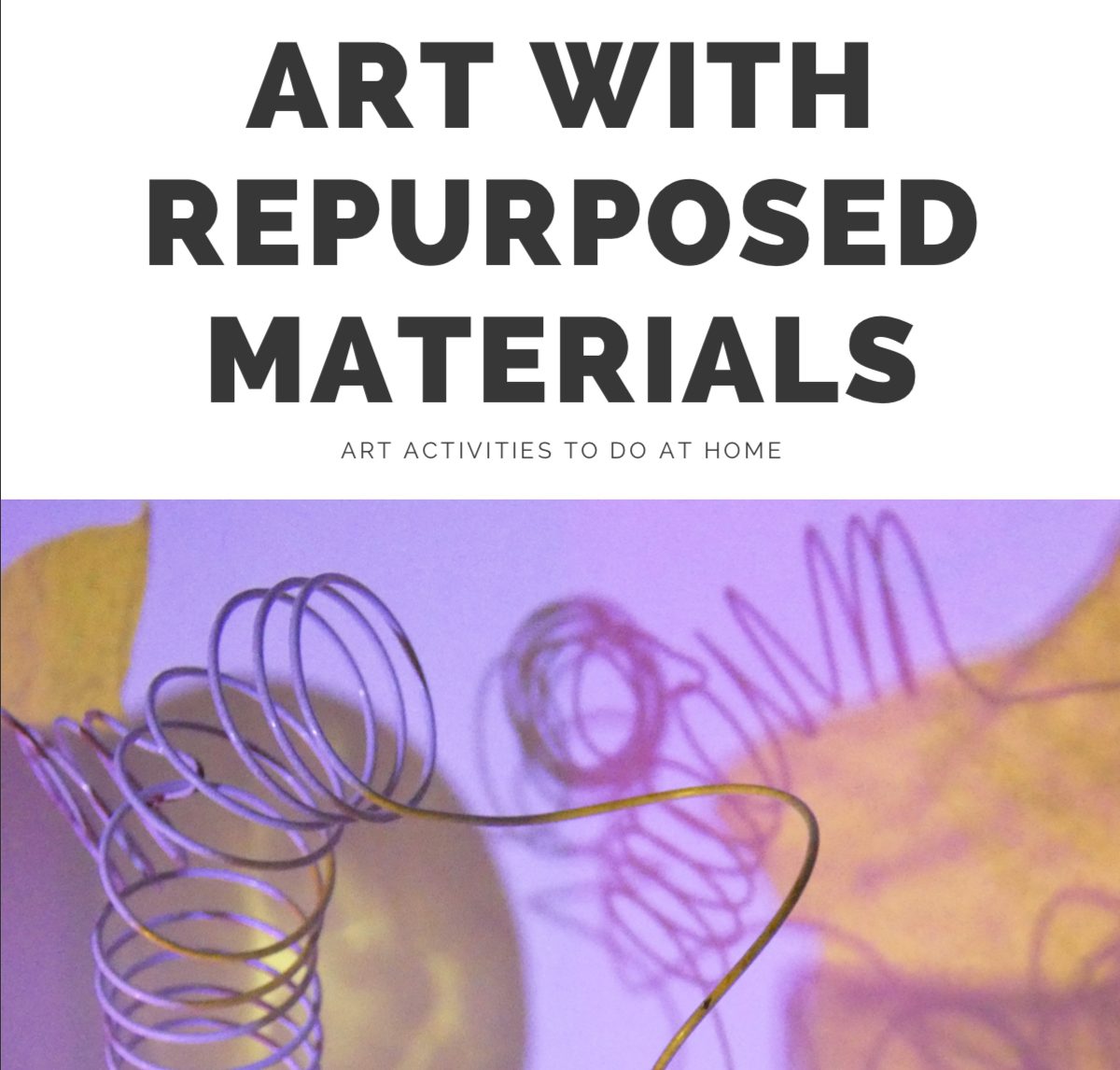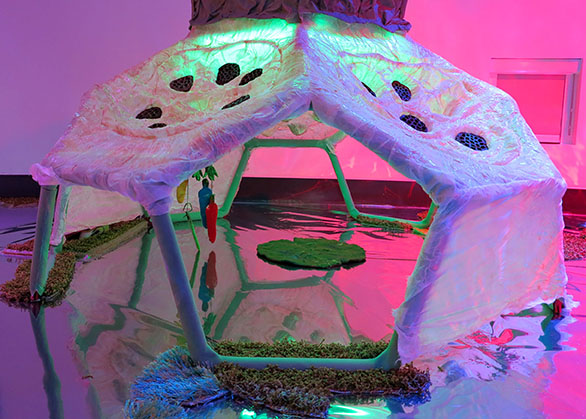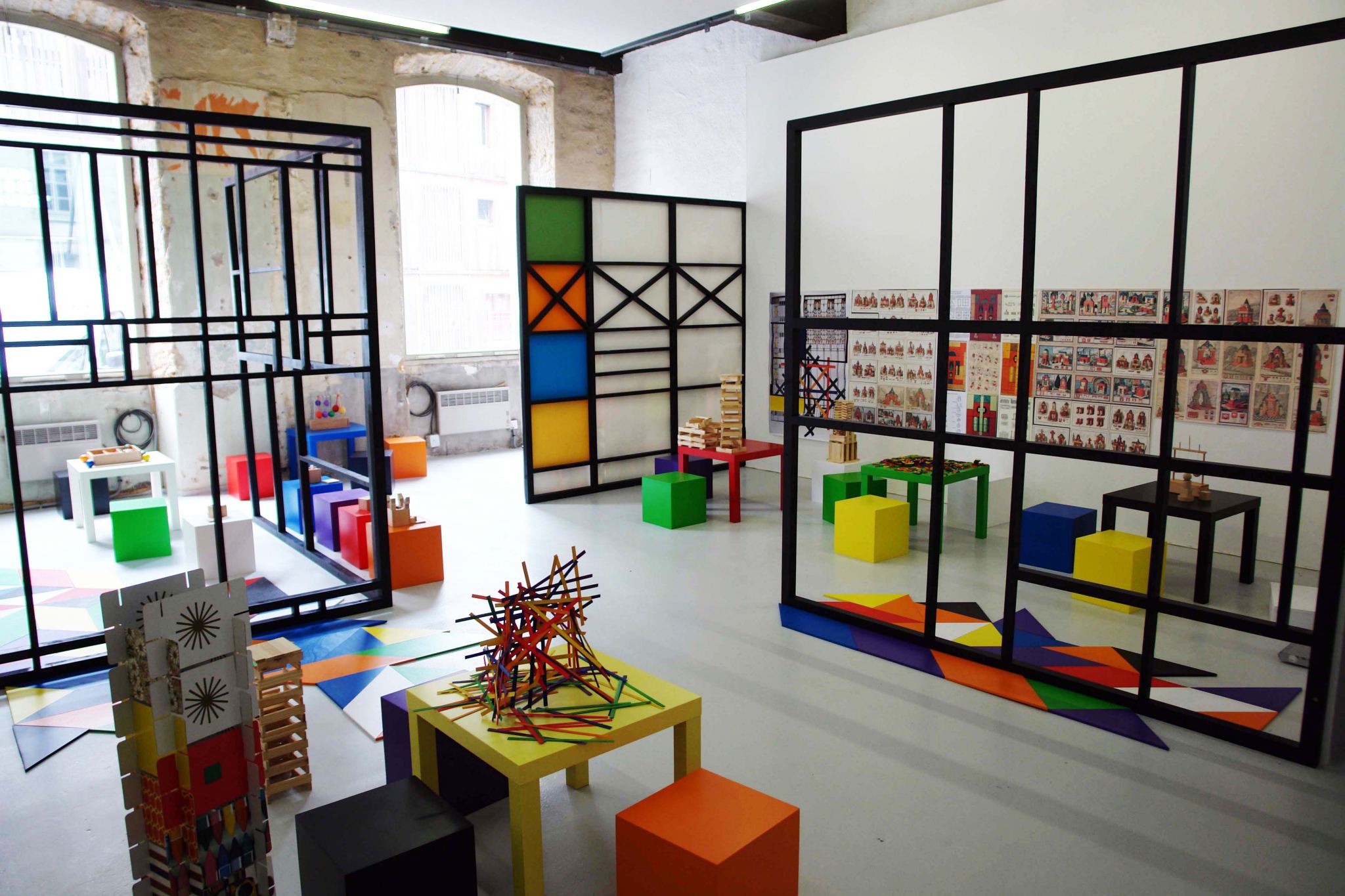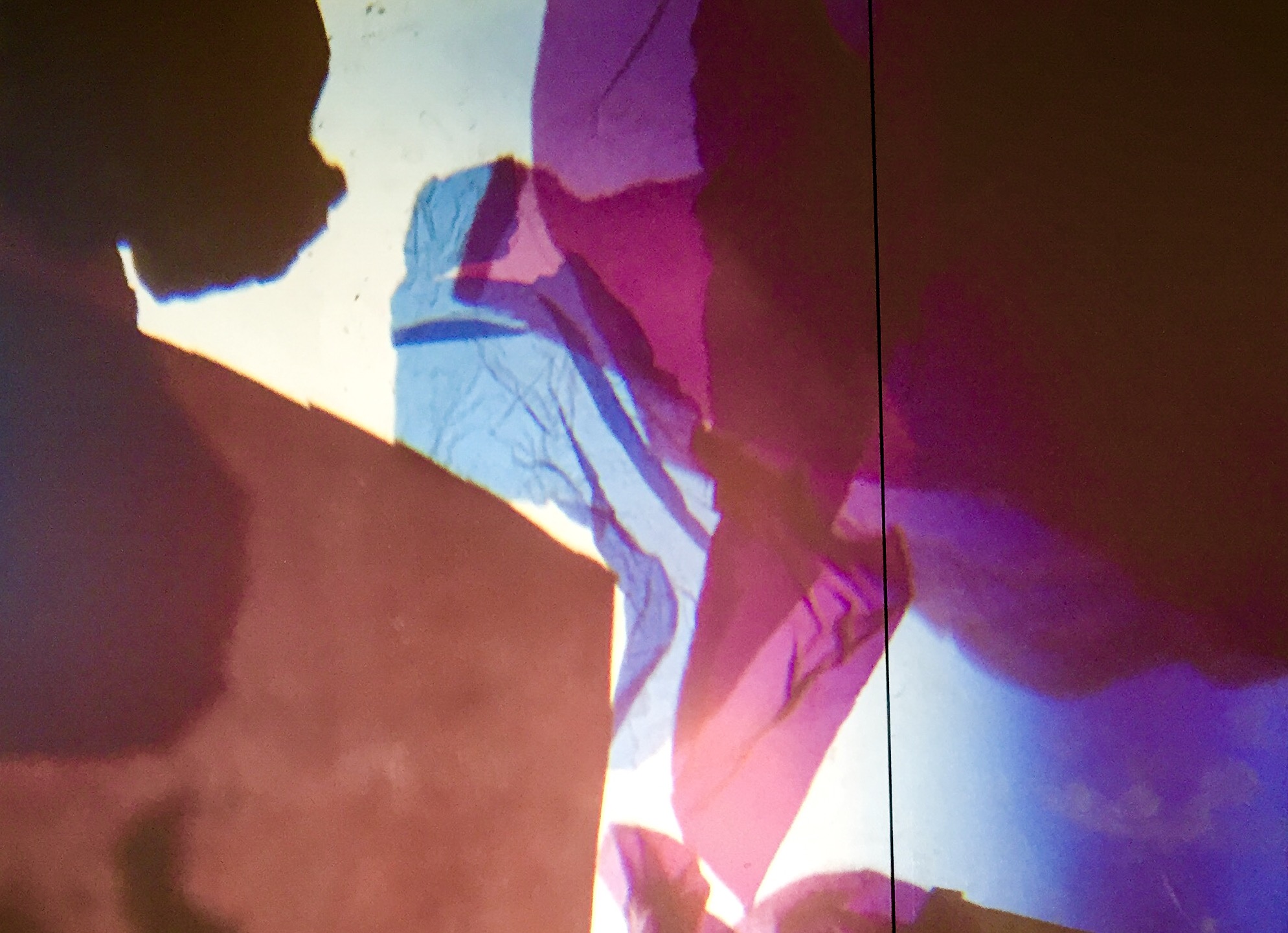The folks at 99% Invisible have created some fab new podcasts and articles on the relationship between children, play and the material world. And because I am a massive nerd, I have created summaries of them to share with you! I highly recommend listening to the podcasts (links are included below) as they are entertaining, well-researched and only around 25-minutes long. Isamu Noguchi (design) and Shoji Sadao (architect). Moerenuma Park, Sapporo Japan. 1988-2004. ©The Isamu Noguchi Foundation and Garden Museum, New York / ARS Play Mountain: A podcast on the work of playground designer Isamu Noguchi Isamu Noguchi (1904-1988) was a Japanese-American sculptor, designer and landscape architect. After working for numerous years as a sculptor in New York, he came up with the idea to construct a ‘playground’ that had no rules or obvious way to play in it. Instead of having swings and slides, Noguchi wanted to the playground to…
Free ebook! Making art with repurposed materials
I am happy to share a new ebook I have been working on! It is all about doing art at home with repurposed materials. You can download it for FREE at the bottom of this blog post! I love this ebook because you won’t need to spend money buying new or expensive art materials as each activity has been designed so you can do them with bits and pieces you most likely already have. Experimenting with bioplastics by Angela Ruggles What is the ebook about? Repurposed materials are materials that have had a previous life as something else. For example, a cardboard box, recycled string, bottle tops, plastic containers, or natural materials. These materials are great to use in children’s art as they are open-ended and encourage imagination and creativity. The ebook featured six different art activities that use repurposed materials. These have been put together by six amazing art…
The magic of materials in children’s theatre design
This post looks at the magic of materials in children’s theatre design. I interview scenographer and researcher Roma Patel whose theatre installation, The Enchanted Forest was recently presented as part of the Techtopia festival at Polka Theatre (London, UK) and at the Theatre Hullaballoo (Darlington, UK). The installation embedded a myriad of interactive digital technologies into its set design. In this interview, Roma discusses some of the key ideas behind The Enchanted Forest, including the importance of children’s sensory-rich experiences in the performing arts. “Any sufficiently advanced technology is indistinguishable from magic.” Arthur C. Clarke Louisa Penfold: Thank you so much for taking the time to talk about your work. What are some of the key ideas that influenced the design of The Enchanted Forest? Roma Patel: There were a few key things I was thinking about when designing The Enchanted Forest installation. I wanted to create something that would encourage a…
Eamon O’Kane’s Fröbel-inspired installations
Frederich Fröbel’s founded the first kindergarten in 1700s Germany. Since this time, his work on education has influenced many people including a myriad of teachers, artists and architects. In this blog post, Eamon O’Kane – an Irish-born, Norway-based visual artist and Professor at Bergen University – talks about how different early childhood educators, including Fröbel, have inspired his art practice. Eamon O’Kane’s installation ‘Frobel’s Studio.’ Image credit: Eamon O’Kane “We don’t stop playing because we grow old; we grow old because we stop playing.” George Bernard Shaw “In every real man, a child is hidden that wants to play.” Friedrich Nietzsche Can you talk a little bit about your background as an artist, an educator and now academic? I have been working as an artist for over 20 years. For the past 19 years, I have also worked full-time in universities in Ireland, England and more recently in Bergen, Norway.…
Make blinged-up playdough
Above: Turmeric and Matcha flavored play-dough This post shares a play-dough recipe unlike no other. That’s because it features some simple ingredients that you can add to bling it up! Play-dough is one of the all-time-greatest toddler activities to have been invented. It can also be a wonderful kid’s art activity because it is: Easy to make with ingredients you probably already have in your pantryA fun sensory-based activity that kids can do at homeSomething you can keep re-using for months (if you store it correctly) Age range: 1 year + but also fun for adults! Preparation Time: 10 minutes Ingredients for blinging up your play-dough: Before making your dough, think about what ingredients you would like to add to bling it up! These additional bits help to make kids play a sensory experience by incorporating different smells, textures and colors. Things you can add are: Essential oils. These are…
4 organisations exploring materials in innovative ways
This is a follow up to my recent post on the role of materials in children’s learning through art. If you have not read this already, I recommend checking it out before reading on. Here I present four different organisations – a university research centre, a design consultancy, a creative recycle centre and a children’s art studio – who are all exploring materiality in new and experimental ways. I selected these organisations as I am interested in thinking about how materials are being researched and considered in a collective way, among groups of people with diverse interests, skills and expertise. MIT Media Lab: Mediating Matter group (USA) I am a massive fan girl of the MIT Media Lab. For those of you who are not unfamiliar with this university research centre, it is an interdisciplinary lab ‘that encourages the unconventional mixing and matching of seemingly disparate research areas’ (MIT website, 2018).…
What is the role of materials in children’s learning through art?
This post discusses the possibilities of materials and material play in children’s learning through art. I draw on the theories of loose parts and new materialism to argue that materials play an active and participatory role in opening-up children’s divergent thinking and inquiry-led learning. Why do materials matter? Materials and material exploration have long been a part of artistic inquiry. Since Frobel’s development of the kindergarten in the late 1700’s, they have also held an important place in early childhood settings. In the 1970’s Simon Nicholson presented the theory of loose parts – the proposition that young children’s creative empowerment comes from the presence of open-ended materials that can be constructed, manipulated and transformed through self-directed play. It is fair to say that material content, including artworks and art materials, hold tremendous possibilities for facilitating children’s inquiry-led learning in new and divergent ways. I consider materials to be one of multiple…
The importance of woodwork in the early years
This post features a review of Peter Moorhouse’s book ‘Learning Through Woodwork’ – a wonderful publication for practitioners that outlines the importance of woodwork in the early years. Image credit: Peter Moorhouse Back when I was attending kindergarten, in early 1990’s regional Australia, the only cross-cuts saws and drills in use were imaginary ones that I would get out to cut off the boys’ arms. A lot has changed since those days and woodwork – as a creative activity for children to learn – has witnessed an exciting resurgence in preschools around the world. Peter Moorhouse’s recent book‘Learning Through Woodwork: Introducing Creative Woodwork in the Early Years’is a fantastic practical guide for teachers and practitioners working in early years’ settings. Peter is a real-life, professional sculptor who also has 25 years’ experience working as an art educator in schools and kindergartens. In this book, he shares his expert knowledge and tips…
3 tips for scaffolding children’s play with materials
Children’s play with materials is important as it allows them to think and learn in different ways. As a child’s creativity is always limited by what they do and do not know, scaffolding can open up new opportunities for more complex learning over time. Scaffolding is a term that was first coined by Vygotsky (1978) who described the process as something that allows children to move their current level of understandings to a more advanced one. This process helps children to undertake activities that they usually would not be able to without the help of others. Teachers and parents often do a lot of scaffolding in children’s lives. They teach children how to brush their teeth, share with others and read. Children’s peers, technology and information resource like a YouTube video can also scaffold children’s learning in different ways. Scaffolding is important in children’s play with materials as it allows…


